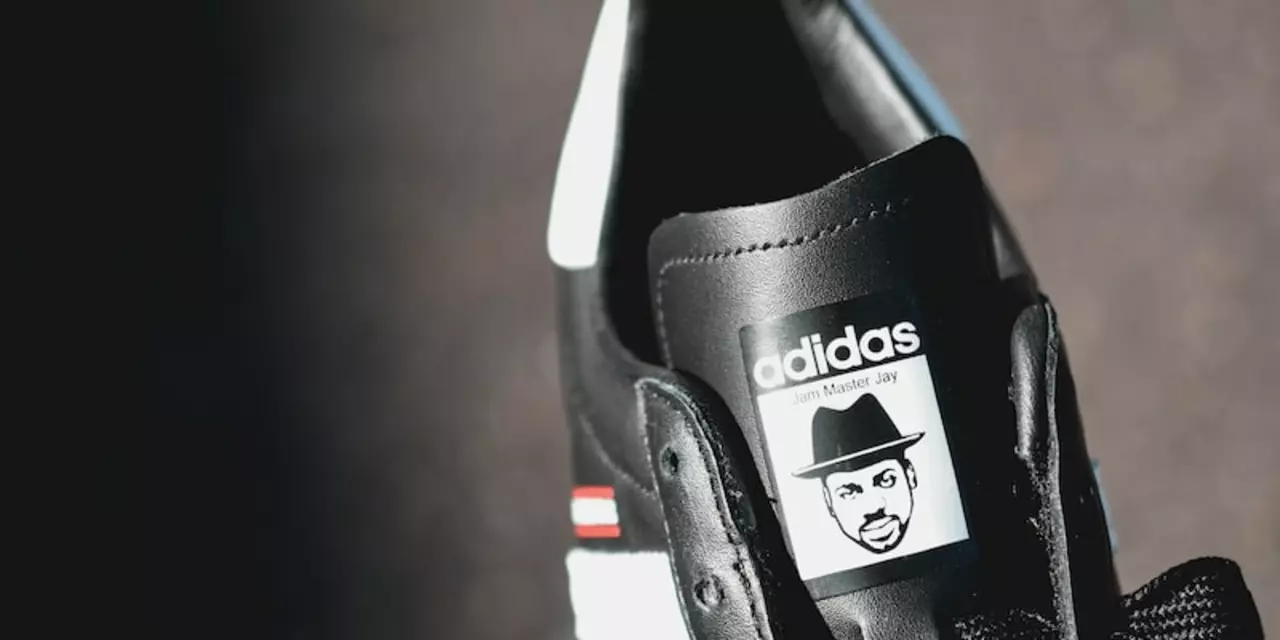Examining the Likelihood of Hit and Run Drivers Getting Caught
Hit and run accidents are a tragic reality on our roads, and unfortunately, many of these incidents go unsolved. The question of whether or not most hit and run drivers get caught is a difficult one to answer. Ultimately, the chances of a hit and run driver being caught vary depending on a variety of factors.When it comes to hit and run accidents, the most important factor in determining whether or not a driver will be caught is how much evidence is left behind. If the driver leaves behind skid marks, broken glass, or other physical evidence, then the chances of them being identified and charged increase dramatically. Additionally, if there were any witnesses to the accident, their testimony can be invaluable in helping to identify the perpetrator.
In some cases, the driver who leaves the scene of the accident will be caught quickly. This is usually the case when the perpetrator leaves behind identifying information, such as a license plate or vehicle description. In these cases, law enforcement is often able to track down the driver quickly and bring them to justice.
However, the majority of hit and run cases are never solved. This is due to a lack of evidence or witnesses, and the fact that the driver has already left the scene of the accident and is often difficult to locate. Furthermore, many hit and run drivers are never identified even after extensive investigations.
Ultimately, the likelihood of a hit and run driver getting caught depends on the amount of evidence left behind, the presence of witnesses, and the ability of law enforcement to identify and locate the driver. While some hit and run drivers are caught quickly, the majority of these cases remain unsolved.
Investigating the Risk and Consequences of Hit and Run Driving
Hit and run driving is a serious crime that is unfortunately becoming more and more common in today’s society. Not only can it be deadly, but drivers who flee the scene of a crash may face additional legal consequences. But do most drivers who commit hit and run crimes get caught?The truth is, it depends on the circumstances. In some cases, drivers who flee the scene of a crash are never identified or arrested. However, law enforcement officers are becoming increasingly better at tracking down hit and run drivers, and technology can also help in finding them.
When a hit and run driver is identified, they may face serious legal consequences. In many states, the penalty for fleeing the scene of a crash is a felony charge, which can result in a prison sentence, heavy fines, and the suspension of their driver’s license. In some cases, the driver may even face criminal charges for vehicular manslaughter or reckless driving if the incident results in a fatality.
It is important to remember that there is no excuse for leaving the scene of an accident. Even if you feel scared or panicked, it is illegal to flee the scene and you could end up facing serious consequences. Remember that if you are involved in a crash, you should always stay at the scene and follow the proper procedures.
Exploring the Challenges of Prosecuting Hit and Run Drivers
Hit and run accidents are a serious problem in many areas of the world. Despite the fact that these types of accidents often involve serious injuries or fatalities, many drivers still attempt to flee the scene of the accident. It can be difficult for law enforcement to find and prosecute these drivers, and this can lead to a sense of impunity among those who are willing to commit this serious crime.In order to understand the challenges of prosecuting hit and run drivers, it is important to look at the legal framework that governs these cases. In many countries, the standard of proof required to convict a hit and run driver is higher than in other types of cases. This is because hit and run drivers often flee the scene of the accident, making it difficult to prove their guilt beyond a reasonable doubt.
In addition to the legal challenges of prosecuting hit and run drivers, there are also practical challenges. Many drivers who flee the scene of the accident are never caught, and those who are caught often have difficulty providing sufficient evidence to prove their guilt. Even if a driver is identified, they may be difficult to locate or may have already left the jurisdiction.
Finally, it is important to note that even when a hit and run driver is caught and convicted, the punishments may not be severe enough to serve as a deterrent to others. In many cases, the driver may receive a sentence that is lighter than the sentence for a similar crime committed without fleeing the scene. This can lead to a sense that these types of crimes are not taken as seriously as they should be.
Overall, it is clear that prosecuting hit and run drivers is a difficult and complex task. Even when law enforcement is able to locate and identify the driver, the legal and practical challenges associated with these cases can make it difficult to secure a conviction. This can lead to a sense of impunity among hit and run drivers, making it important to take these cases seriously and to ensure that any punishments are severe enough to serve as a deterrent.
